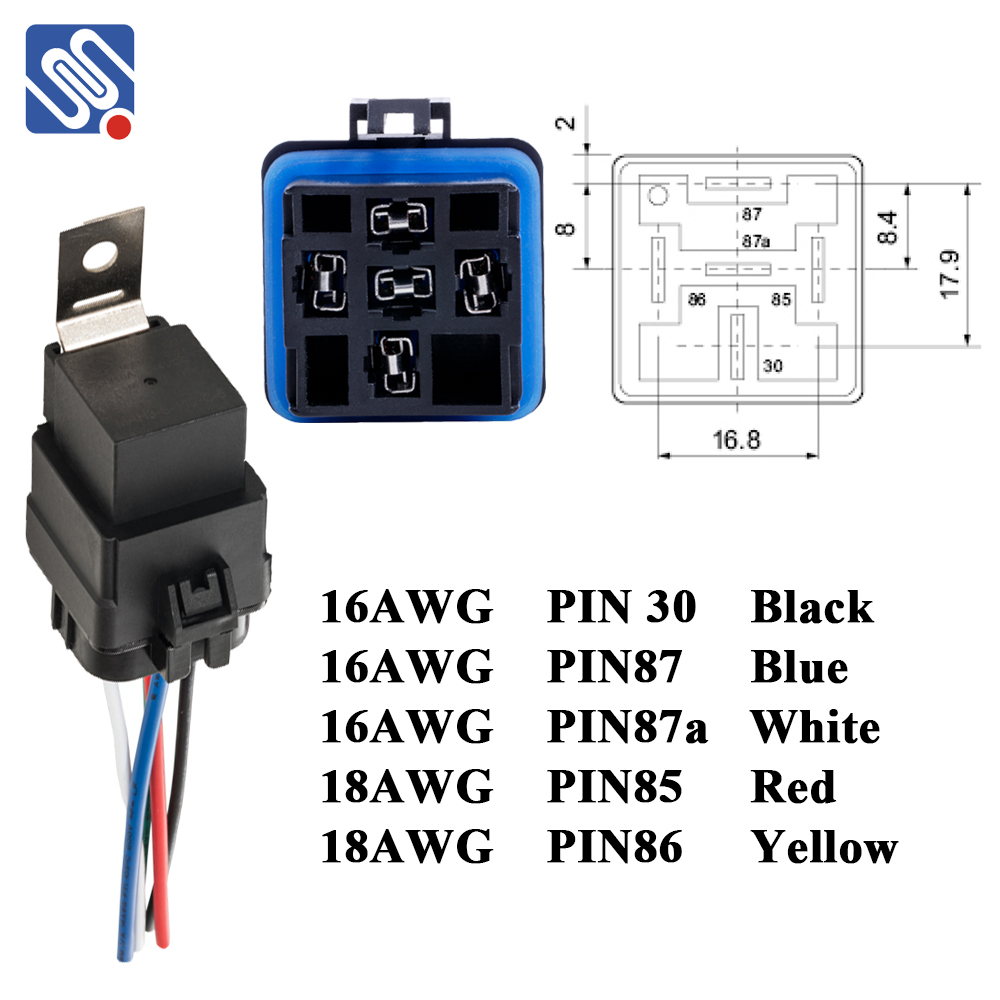Relay wiring is an essential part of many electrical circuits, particularly in automation and control systems. A relay serves as a switch that allows a low-power control signal to operate high-power devices. It plays a crucial role in safety, reliability, and efficiency in various electrical and electronic applications, from industrial automation to automotive systems. In this article, we’ll explore how to wire a relay properly, its components, and common applications.

What is a Relay? A relay is an electromechanical switch used to control the flow of current in a circuit. It operates by using an electromagnet to physically open or close a set of contacts. When a current flows through the relay coil, it generates a magnetic field that either attracts or repels a movable armature, changing the state of the contacts. The key advantage of relays is their ability to control high-voltage or high-current devices using a low-power signal, such as from a microcontroller or a switch. Components of a Relay To understand relay wiring, it is important to know the basic components of a relay: